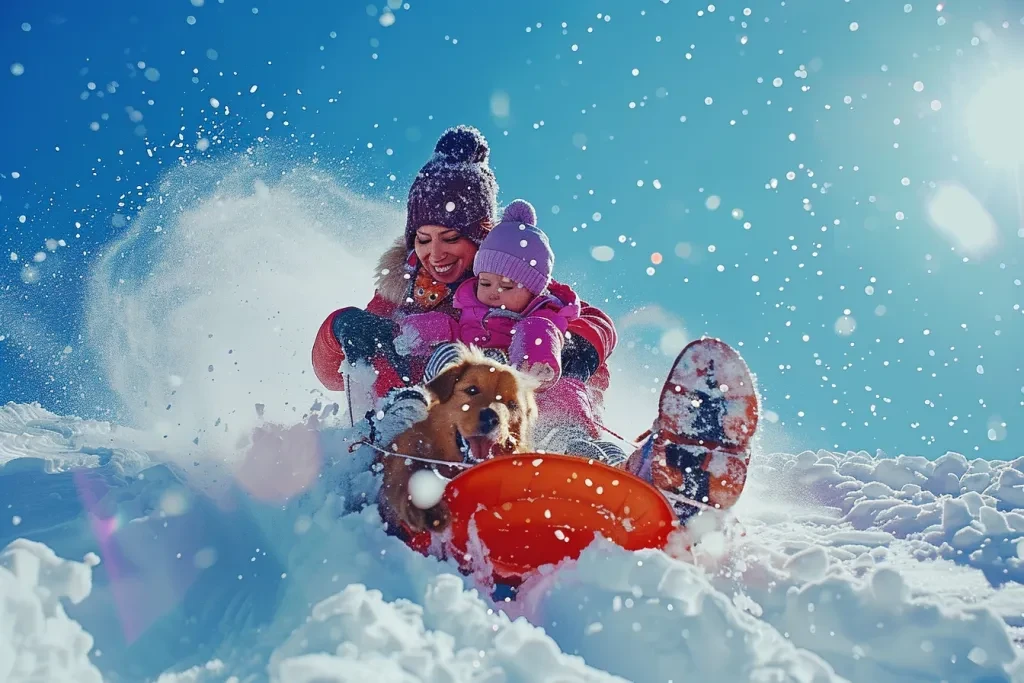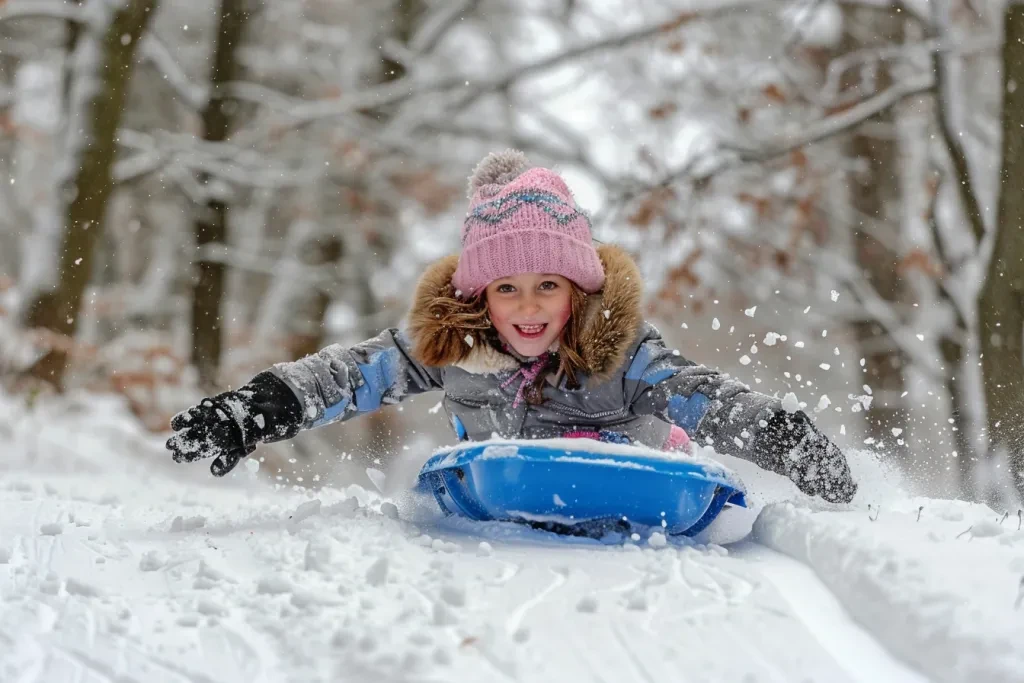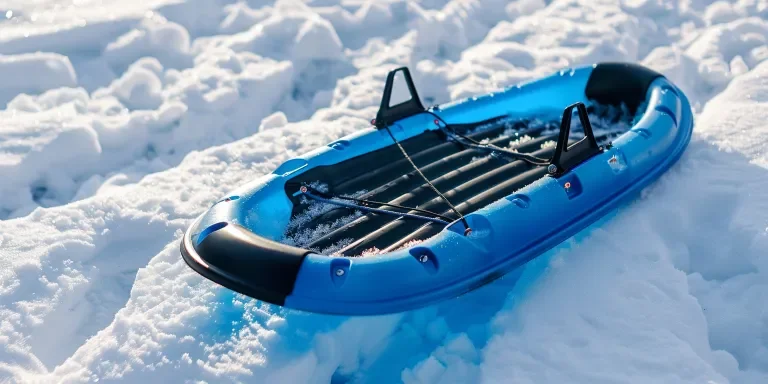The thrill of gliding down a snowy hill has captivated hearts for generations. Snow sleds, a staple of winter recreation, offer a blend of excitement, nostalgia, and outdoor adventure. Whether you’re a seasoned sledder or new to the sport, understanding the nuances of these winter vehicles can enhance your experience. This article delves into the critical aspects of snow sleds, from types and materials to safety and maintenance tips, providing you with the knowledge to make informed decisions and maximize your winter fun.
Table of Contents:
– Types of snow sleds
– Materials and design
– Safety tips for sledding
– Maintenance and storage
– Choosing the right snow sled
Types of snow sleds:

Snow sleds come in various shapes and sizes, each designed for specific uses and experiences. Traditional wooden sleds, with their classic design, evoke a sense of nostalgia and are valued for their durability and aesthetic appeal. Toboggans, characterized by their long, flat bottom, offer a smooth ride, especially for groups. Meanwhile, inflatable sleds provide a lightweight and portable option, though they may not be as durable as their hard-bodied counterparts. Understanding the differences can help you select a sled that matches your desired experience and performance needs.
Materials and design:

The materials and design of a snow sled significantly affect its performance and durability. Wooden sleds, often made from hardwoods like ash or maple, are praised for their strength and traditional look. Plastic sleds, on the other hand, offer a lightweight and affordable option, with the added benefit of being available in various shapes and designs. Metal sleds, typically aluminum or steel, are known for their speed and smooth glide but can be heavier and colder to the touch. The design, including the shape of the runners and the sled’s body, also plays a crucial role in how a sled maneuvers and handles different snow conditions.
Safety tips for sledding:

Safety should always be a top priority when enjoying the thrill of sledding. Wearing a helmet can protect against head injuries, while other protective gear, like knee and elbow pads, can offer additional safety. Choosing a safe location, free from obstacles like trees and rocks, is also critical. Furthermore, sleds should be used during daylight or in well-lit areas to ensure clear visibility. By following these safety tips, sledders can enjoy the sport while minimizing the risk of injury.
Maintenance and storage:

Proper maintenance and storage are essential for preserving the life of your snow sled. After each use, sleds should be wiped down to remove snow, ice, and moisture, preventing rust and material degradation. Storing sleds in a cool, dry place away from direct sunlight can also protect them from damage. Regular inspections for cracks, sharp edges, or other wear and tear can help ensure your sled remains safe and functional for future winter adventures.
Choosing the right snow sled:

Selecting the right snow sled involves considering several factors, including the sled’s material, design, and intended use. For solo sledding adventures, a lightweight and agile sled may be ideal. Families or groups might prefer larger toboggans or multi-person sleds for shared fun. The local terrain and typical snow conditions can also influence your choice, as some sleds perform better on packed snow, while others are suited for deep powder. Ultimately, matching the sled to your personal needs and preferences will lead to a more enjoyable sledding experience.
Conclusion:
Snow sleds offer a delightful way to enjoy the winter months, providing fun and excitement for people of all ages. By understanding the different types of sleds, materials, and designs, as well as adhering to safety guidelines and proper maintenance, you can ensure a safe and enjoyable sledding experience. Whether you’re racing down a hill or enjoying a leisurely ride through a winter wonderland, the right snow sled can make all the difference.




